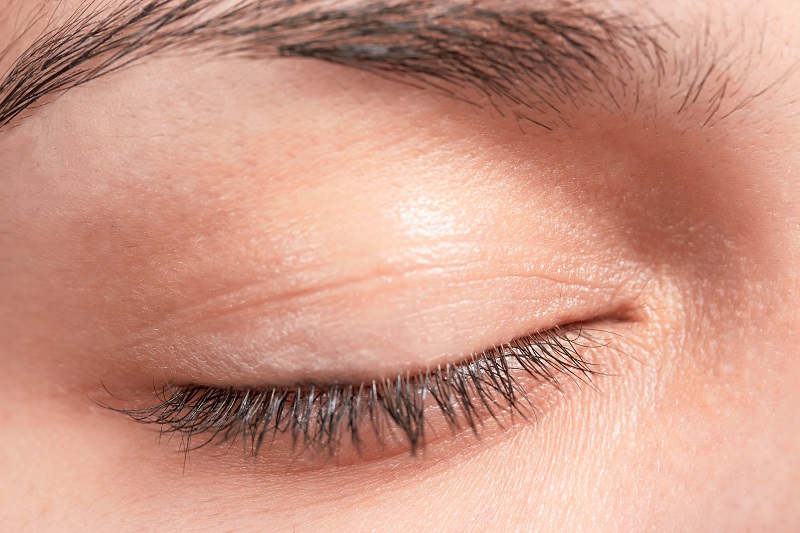Eyelid spasms are something that the Eyesthetica doctors see and treat often. Though you may assume a spasm is simply a mild tic, more advanced cases are sometimes incapacitating, making it difficult to drive, read and work. Below, our team of cosmetic eye surgeons in Los Angeles explains the most common types and causes of eyelid spasms, as well as treatments for eyelid spasms.
What Causes Eyelid Spasms?
First, understand that there are three common types of eyelid spasms. Eyelid twitching, which can present as a slight tic, happens to nearly everyone at some point. Twitching is most often brought on by fatigue or stress, and it tends to go away without treatment. It generally does not affect vision.
Benign essential blepharospasm is an involuntary closure of one or both eyelids. The condition, which is quite rare, can start as frequent or forced blinking or winking and advance to the eyelids squeezing shut. When a spasm occurs, eyelid closure can result in a temporary inability to see; more frequent spasms can make it hard for a person to keep their eyes open. Essential blepharospasm can affect the other muscles of the face and cause the face to pinch up. People with severe cases of essential blepharospasm can find the condition to be incapacitating.
Essential blepharospasm is a neurological disorder, but the exact cause is unknown. It is one of a group of movement disorders, known as dystonia, in which involuntary muscle contractions force specific areas of the body into abnormal movements and positions.
The third type of eyelid spasm, hemifacial spasm, affects the eyelids and muscles of the cheek, mouth, and neck on one side of the face. A hemifacial spasm can start near the eye and spread as the whole side of the face constricts. In worse cases, a hemifacial spasm can last for days or even months. Experts believe hemifacial spasms occur when a blood vessel irritates or puts pressure on a nerve that serves the facial muscles.
Treating Eyelid Spasms
One of the ways that our doctors treat benign essential blepharospasm and hemifacial spasms is with injections of botulinum toxin (a.k.a., Botox). When injected into specific facial muscles, the Botox temporarily weakens them to slow down or stop the eyelid spasms. The effects of Botox treatment last approximately three months, after which treatment must be repeated to maintain the effects.
To avoid complications Botox must be administered by an expert with years of experience. If you are interested in learning more about Botox for the treatment of eyelid spasms, we invite you to book an informational consultation with our team. Please call (213) 451-6824 or email Eyesthetica today to make an appointment.


